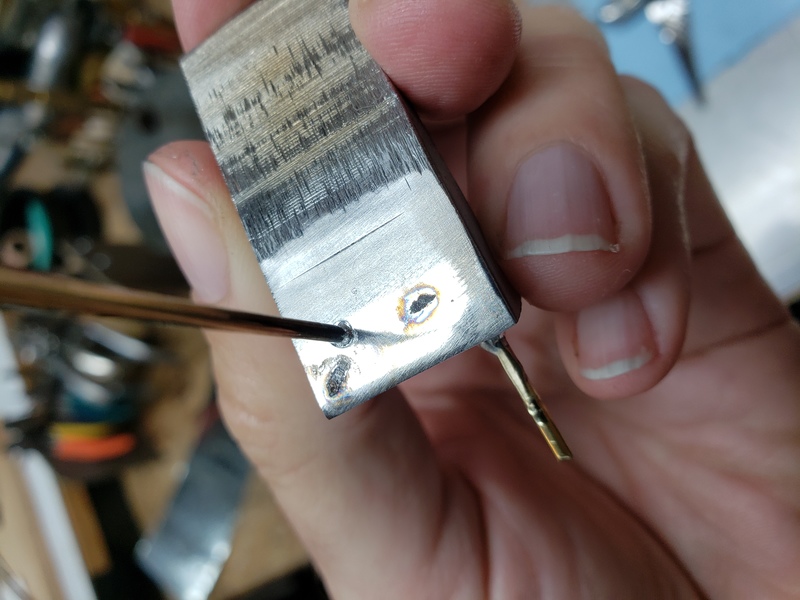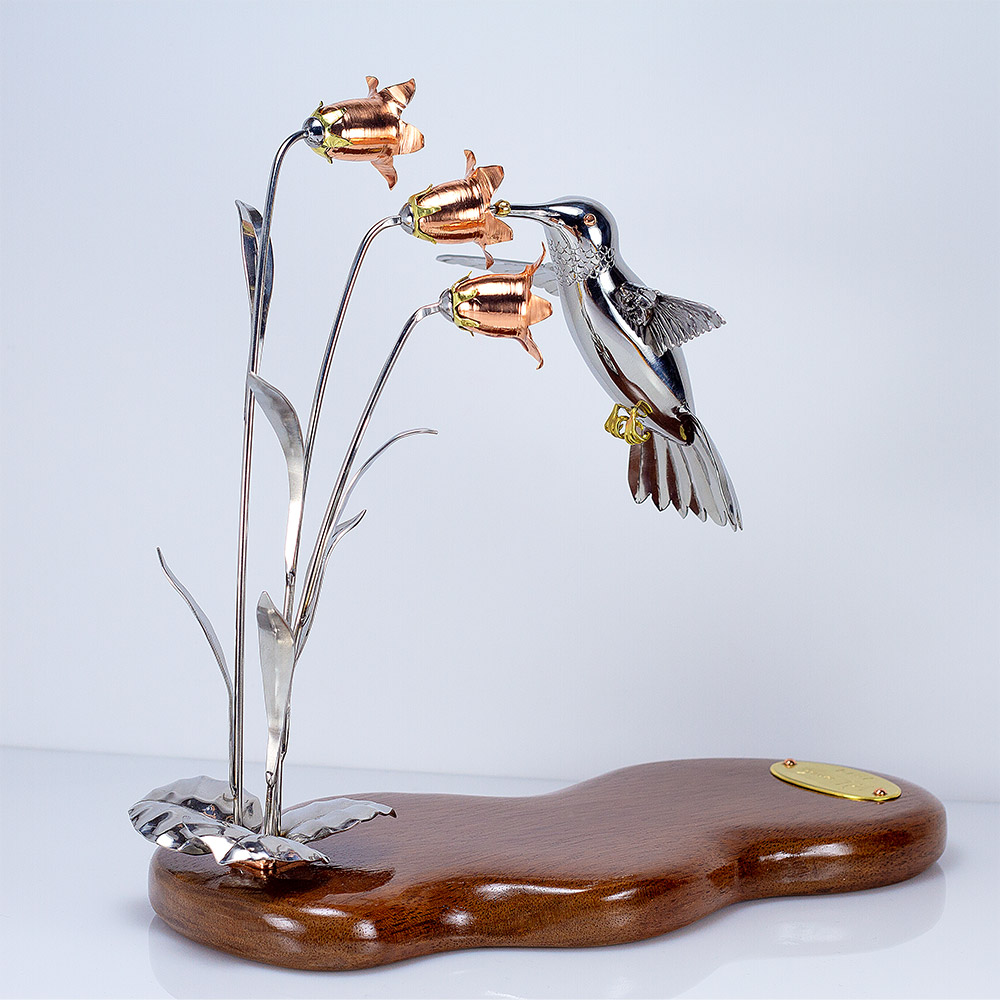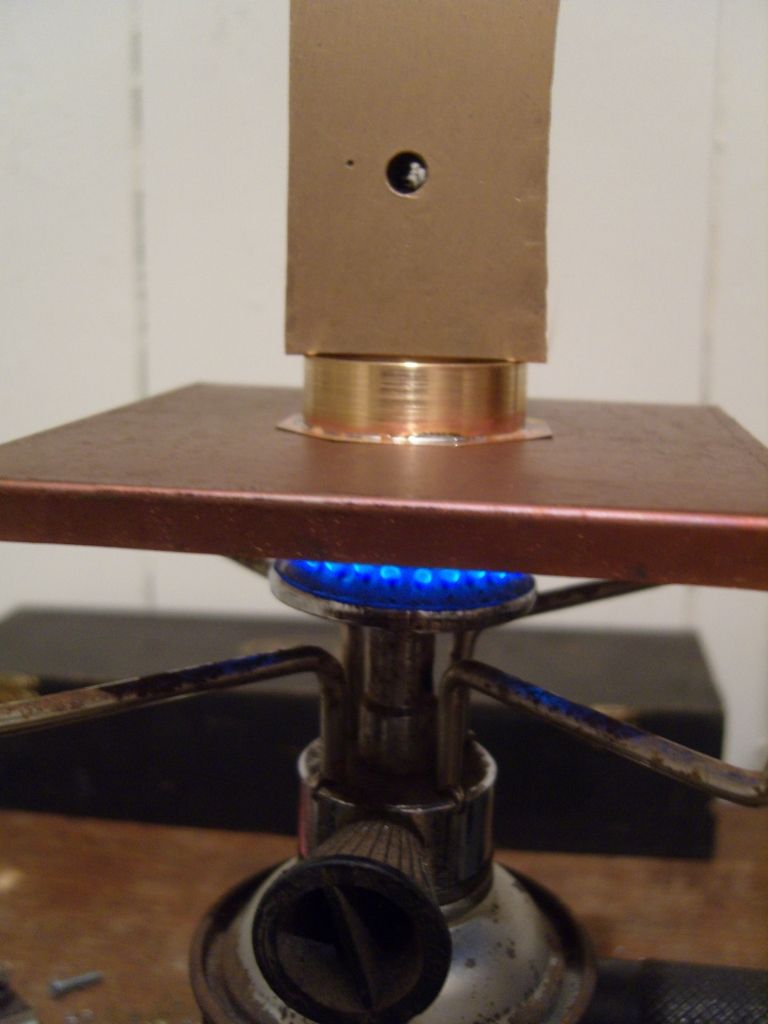Resistance Soldering question
Resistance Soldering question
- This topic has 45 replies, 19 voices, and was last updated 18 November 2019 at 14:40 by
Patrice Lemée.
- Please log in to reply to this topic. Registering is free and easy using the links on the menu at the top of this page.
Latest Replies
Viewing 25 topics - 1 through 25 (of 25 total)
-
- Topic
- Voices
- Last Post
Viewing 25 topics - 1 through 25 (of 25 total)
Latest Issue
Newsletter Sign-up
Latest Replies
- Rotary table Chuck mounting.
- Fobco or a Clarke CMD 1225 milling capabilities? or other recommendations?
- Pre-Setting 4-Jaw Chucks Hack for Quick Centering
- New member (a young’un)
- Bandsaw vs Powered Hacksaw vs Chop Saw?
- DELL / StarTech [mechanical incompatibilty]
- Fobco Star (Universal) Milling capabilities? or a Clarke CMD 1225?
- Save your Swarf!
- Boiler Design – issue 4765
- Depth of cut cowells me90















